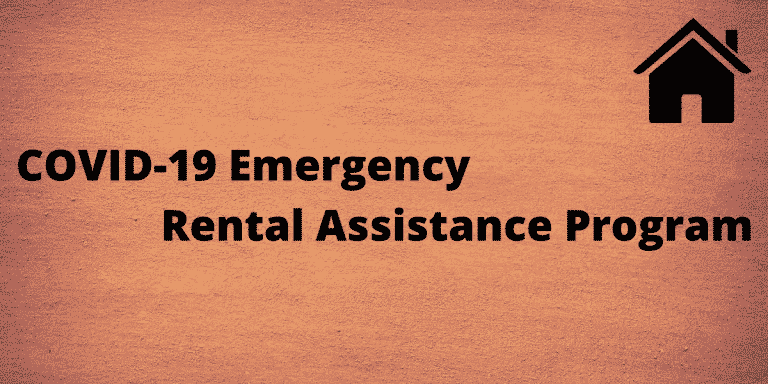COVID-19 and the ensuing lockdowns have caused millions of Americans to lose their incomes. They’ve lost jobs, businesses, and self-employment contracts, and this has caused a great deal of economic instability in some households.
Landlords have been unable to evict people since March 2020, causing them to lose out on rental income as well. In order to make sure that people can continue to pay their rent regardless of their income situation, the Emergency Rental Assistance Program was launched by the U.S. Department of the Treasury on January 5, 2021.
So what is the Emergency Rental Assistance program, and how can it help both renters and landlords stave off homelessness and eviction?
History of COVID-19 Relief in the USA
On March 21, 2020, then-President Donald Trump signed the CARES Act into law. This act launched one of the largest stimulus packages in US history and provided vast amounts of aid to prevent a full blown economic crash. Federal student loan payments were postponed, unemployment benefits were expanded, small businesses were given relief funds to help keep workers on their payroll, and evictions and foreclosures were put on a temporary hold.
The provisions outlined the CARES act have since been expanded by acts signed into law in August and in December. On December 27, 2021, the Consolidated Appropriations Act was signed into law and included the provisions for the Emergency Rental Assistance Program.
What Is The Emergency Rental Assistance Program (ERAP)?
The Emergency Rental Assistance Program is a $25 billion provision to help renters pay their rent and boost revenue for landlords who are unable to evict non-paying tenants. Applications can be made and submitted by either an eligible household or a landlord applying on behalf of an eligible household that is renting their property.
This $25 billion was split amongst the 50 states, Native American tribal communities, the District of Columbia, and the following US territories: American Samoa, Guam, Northern Mariana Islands, Puerto Rico, and the US Virgin Islands.
Who Qualifies for The Emergency Rental Assistance Program?
In order to qualify for the program, you must be an eligible household or a landlord applying on behalf of an eligible household. In order to be classified as an eligible household, a household must:
- Be renting their primary residence
- Qualify for unemployment OR has experienced a reduction in household income, incurred significant expenses, or otherwise experienced financial hardship due to the pandemic;
- Be at risk of homelessness or housing instability; and
- Have a household income =>80% of the media income of the area that they’re applying from.
ERAP provisions are not to be provided in addition to any other federal rental assistance.
To determine household income, one of the following approaches may be used:
- You can take your total income in 2020, or
- You can take your monthly income at the time of applying
If you decide to determine your income based on monthly income, your eligibility must be reassessed every 3 months. How it’s done will be left up to the grantee that provides you assistance.
Renter households are ineligible if they receive a monthly federal subsidy, such as a Housing Choice Voucher, Public Housing, or Project-Based Rental Assistance AND the rent charged to the tenant is adjusted based on income.
What Can I Get From The Emergency Rental Assistance Program?
If you’re an eligible household, you can receive up to 12 months of assistance, plus an extra 3 months of assistance if your local government determines that you need the additional assistance to prevent homelessness. This only applies if the funds are available.
You can receive assistance for the following expenses:
- Rent charged by the landlord
- Utilities (electricity, gas, water and sewer, trash removal, and additional energy costs)
- Other housing-related expenses
Telecommunications such as phone and Internet are NOT eligible to be paid for by the ERAP.
You can get assistance to help pay outstanding rental arrears that would otherwise result in eviction. This measure is to help landlords replace lost income. Funds for this purpose are to be prioritized. However, this only applies to rental arrears accrued after March 13, 2020.
The amount of assistance you will receive will depend on several factors. The first factor is the grantee that’s providing the funds. The second factor is how much you need to cover your rent and utility expenses.
Assistance is only available for as long as there is funding. Renters that are facing imminent homelessness and those who are up for eviction if they cannot meet their rent payments will be prioritized.
How Do I Apply For Emergency Rental Assistance?
To apply for this program, you will need to contact your local government to figure out who to talk to. Unfortunately, not all states have accepted aid yet and assistance may arrive later than expected.



